Description of Canadian park roses, their varieties and care tips
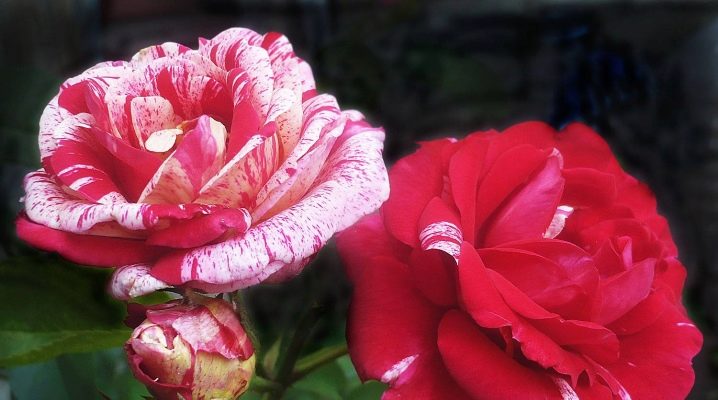
The favorite flower of many is a rose. This elegant plant is preferred not only by ordinary citizens, but also by gardeners. Recently, Canadian park roses have become especially popular. If you want to find out what are the features of these flowers, get acquainted with the most common plant varieties, and also study the rules of planting and care, then continue reading our material.
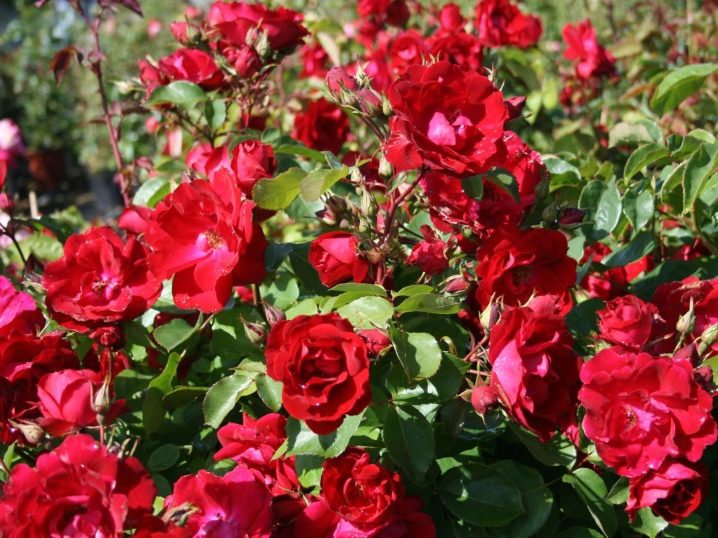
Peculiarities
The main feature of Canadian park roses is resistance to low temperatures (in general, it is believed that such flowers can grow at temperatures down to -45 degrees Celsius). That is why these plants can be grown even in unfavorable climates (for example, in the northern regions of Russia).
Among other things, the following are among the positive features of Canadian roses:
- the ability to endure sudden jumps in temperature indicators;
- in the event that the plant is frozen, it can be easily restored;
- long flowering period;
- resistance to various kinds of pests and diseases;
- the ability to develop even in the absence of a large amount of light;
- pleasant aesthetic appearance;
- dense foliage and lush flowers;
- variety of colors, shades and names.
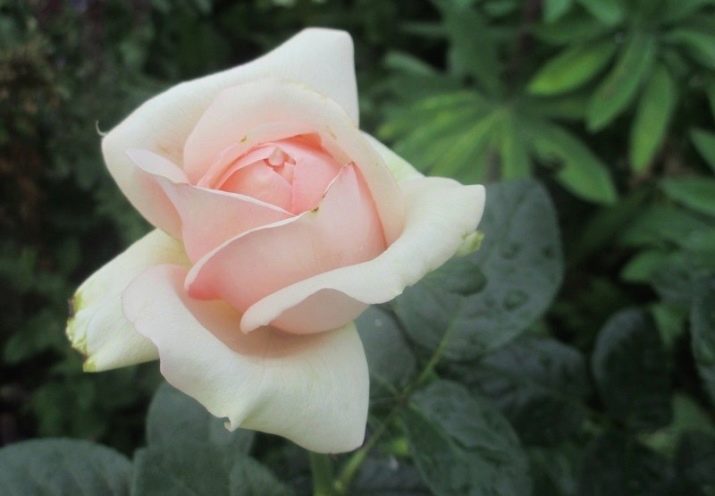
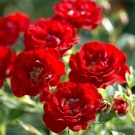
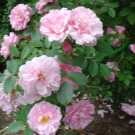
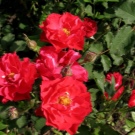
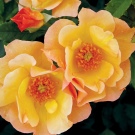

Varieties
Let's consider in more detail some of the varieties of frost-resistant Canadian Rosaceae.
Louise Bagnet
This flower is not natural, it is the fruit of the labors of breeders. "Louise Bagnet" was bred back in 1960 and since then she has won the hearts of many gardeners and landscape designers.
The flowering process takes place in 2 stages: the first time the rose blooms in early June (this stage lasts about 30 days), and then "Louise Bagnet" blooms again after a short pause. The flowers of the plant have an unusual shade: so, at first, saturated cherry-colored buds bloom, and then petals of a non-standard shade with a slight green color appear, and sometimes a bordeaux-colored border is located at the edges of such petals.
Important: do not be alarmed if the rose flowers fly around in 1-2 days - this is typical for this variety, after a few days new ones will grow to replace those that have flown around.
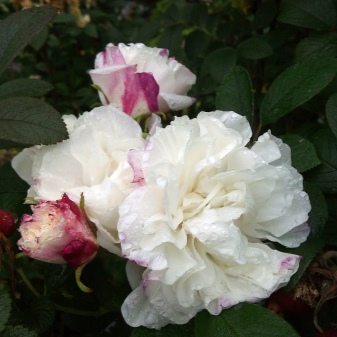

Martin Frobisher
This variety was bred in 1968. The flower has a delicate pink tint, some of its color resembles an ivory shade. Many gardeners consider such a dull color to be a flaw in the plant, so this variety is rarely seen.
As for the height of the shrub, it usually reaches 170 cm, while the maximum width is about 100 cm. The size of the flowers of the shrub reaches 6 centimeters, usually they grow in groups of 3-5 pieces.
This flower is named after an English navigator who traveled to the shores of North America.

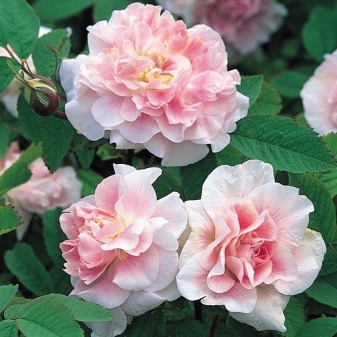
Prairie Joy
Prairie Joy is a rose that blooms quite luxuriantly. It has thick and lush flowers, many experienced experts call this rose a "old style" plant. Flowers can grow singly or in groups of up to 6 pieces.
The color of roses is deep pink. Despite the fact that this shade is subject to active fading if roses grow in a sunny area under the direct influence of sunlight, this process does not spoil the shade of the roses at all, but even gives them a certain grace and originality.
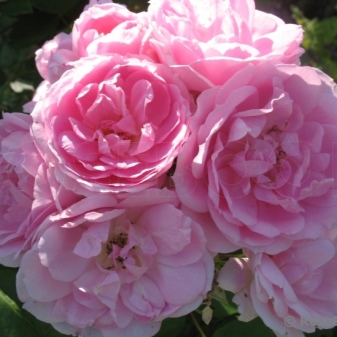

"Adelaide Hoodless"
Flowers of the "Adelaide Hoodless" variety have a rich red hue (moreover, they grow in groups of up to 15 pieces), and the leaves have a bright green color.
Important: for active growth, the rose needs support, so it is recommended to tie it up. An important difference of the variety is that the plant has the ability to endure not only severe cold, but also arid and hot climatic conditions. The rose blooms in 2 stages.
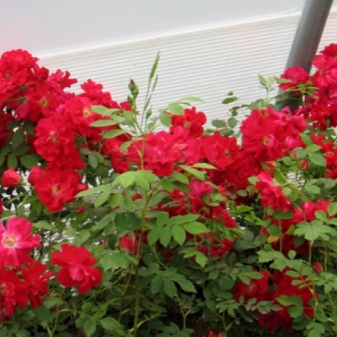

Cuthbert Grant
This flower has an unusual spicy scent. Roses grow 3-5 pieces per inflorescence, and the size of the flower can reach 8 centimeters. "Cuthbert Grant" is a variety that tolerates various wet precipitations (snow, sleet, rain) well.
It is important to note that this rose is capable of fairly long flowering intermittently. It is these breaks in flowering, according to gardeners, that are the greatest disadvantage of this species. The bush is not spreading, but erect.

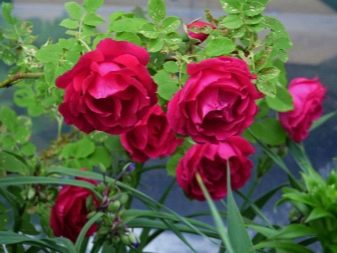
Alexander Mackenzie
This rose is named after the Scottish traveler. The flowers have a bright red hue and an unusual "double" texture, the foliage of the bush is shiny, bright green. The aroma of the flower vaguely resembles a sweetish strawberry smell, for this plant is appreciated not only by gardeners, but also by ordinary flower lovers.
It is important for gardeners to remember that this variety needs regular pruning. If you neglect this rule, then the shrub will quickly deteriorate and stop blooming.
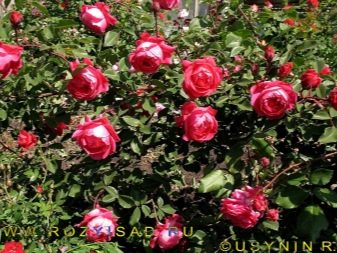

"Modern Blush"
In contrast to the variety described above, the flowers of this plant have a rather delicate light pink (almost white) color. Rose "Modern Blush" is considered one of the most popular among all Canadian park roses. Often, the flower becomes the main component of wedding bouquets.
Flowers are able to keep their integral clear shape for quite a long time without scattering or scattering (up to 2 weeks). Roses can grow singly or in brushes.
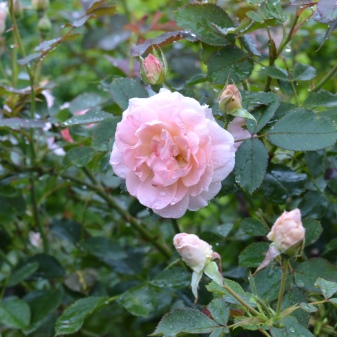
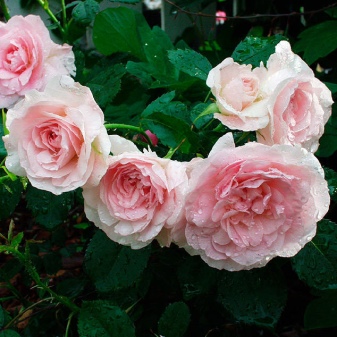
John Davis
This rose got its name from a famous American producer and screenwriter. It has an unusual but alluring shape of "old roses". At the beginning of flowering, the flowers are painted in a bright pink hue, however, over time, they fade and fade, changing their color to a lighter and more delicate one.
This plant is often used to decorate various elements of landscape design. - this is possible thanks to the weaving structure of the bush.
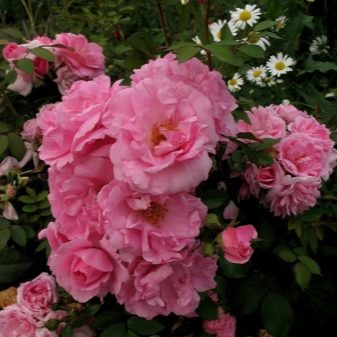
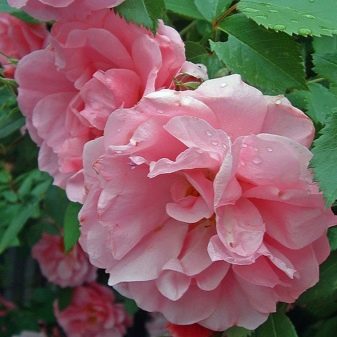
"Champlain"
This flower is painted in a classic red shade, it blooms quite abundantly and intensely. The plant reaches 100 centimeters in length. Champlain roses grow in groups of 5-7. The rose blooms before frost.
It is important to note that this shrub is quite thorny, therefore, when growing it and in the process of caring for the plant, you should be quite careful and careful.

In addition to the varieties described above, other popular types of frost-resistant Canadian park roses are also distinguished. Among them:
- Hope for Humanity;
- Lambert Kloss;
- Modern Centennial;
- John Franklin;
- J.P. Connell;
- Modern Fireglow;
- Heidi;
- Marie-Victorine;
- "Modern Ruby";
- Modern Sunrise;
- Teresa Bagnet;
- "Nicholas";
- Wasagaming;
- "Modern Snow Beauty";
- Henry Hudson.
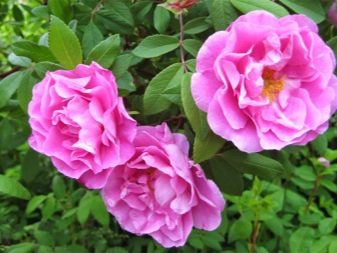
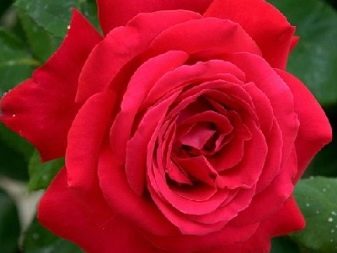
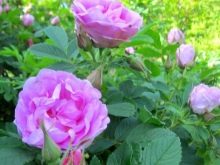
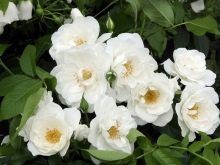
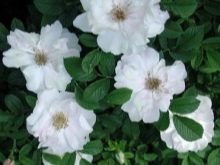
Landing
Gardeners recommend planting Canadian roses in sunny areas; a place where there is partial shade is also suitable (for example, the territory of the Moscow region is perfect). It is forbidden to plant on "dead-end" or corner areas - the place where Canadian roses grow should be well ventilated. It is also not necessary to set aside a separate area for planting these plants - they perfectly coexist with other flowers.
As for the planting time, it should be noted that the optimal period is autumn. Choose plants with long legs as the shoots that you will plant; also the upper leaves must be present on the stem (if there are middle and lower leaves, they must be removed).
Before proceeding with the direct planting procedure, you should trim the root a little and remove (if any) elements and parts that are unsuitable for planting (for example, unhealthy).
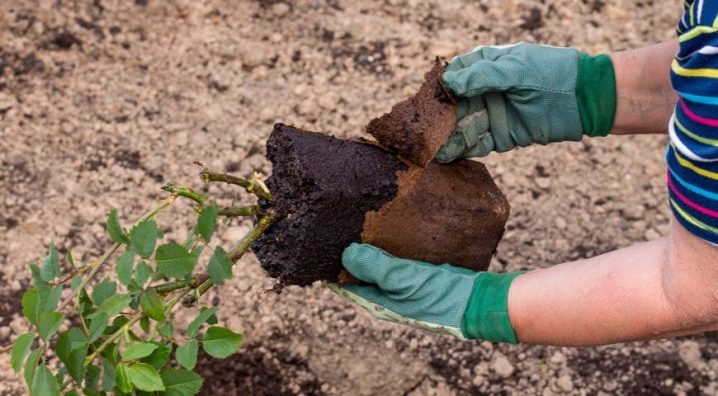
The hole in which you will plant the Canadian rose must be at least 70 centimeters deep. It is necessary to add natural fertilizers to the deepening (humus is perfect), you can also add peat and wood ash (try to add different types of fertilizers in the same quantities). Then place a rose bush to a depth of 7-10 centimeters (you need to graft it in advance). Cover the base of the seedling with a mixture of earth and sand.


Growing
In order to grow healthy and beautiful flowers, you need to adhere to a few simple recommendations:
- if you notice that the plant contains dead, frostbitten, pest or disease-affected parts (these can be flowers, leaves, stems or young shoots), then they must be removed immediately;
- for more active growth of roses, experienced and professional gardeners recommend applying specialized fertilizers to the soil, for example, nitrogen, phosphorus, potassium;
- during a period of dryness and heat, it is necessary to frequently and intensively water the flowers;
- once every few years, it is necessary to do pruning - usually this procedure is carried out in the spring, such pruning is called rejuvenating.
In general, Canadian park roses are unpretentious to care for. In the event that you follow the simple advice of experts, you can easily grow quality plants.
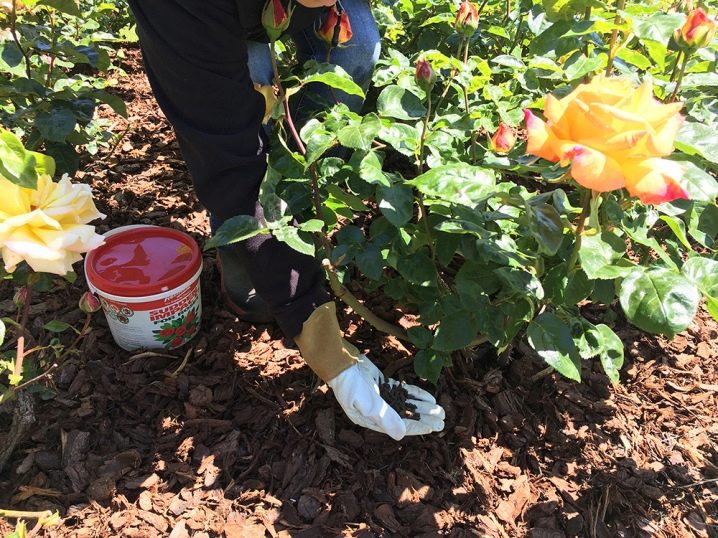
Examples in landscape design
Canadian park roses are the favorite flowers of landscape designers. Most often they are used to create hedges, they are also used to create large multi-colored flower beds and other garden decorations.
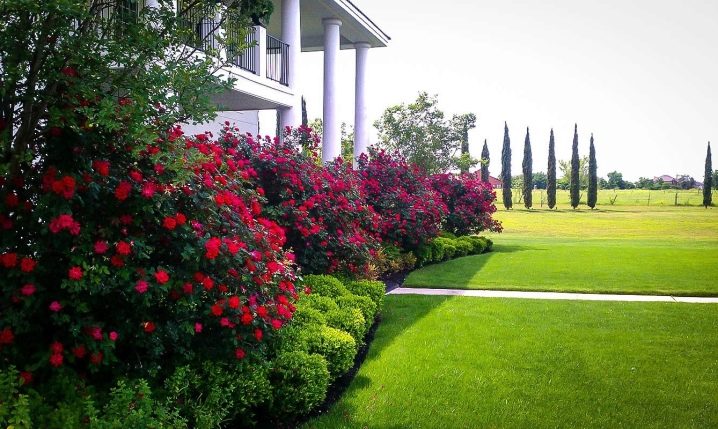
Flower arches are especially popular among owners of private land, and arbors are also framed with roses. For this, varieties that curl are most often used: for example, "Cuthbert Grant", "John Cabot" and others.

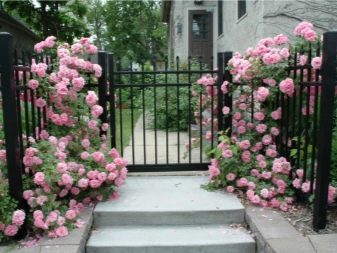
For an overview of the varieties of Canadian roses, see below.


























































































The comment was sent successfully.